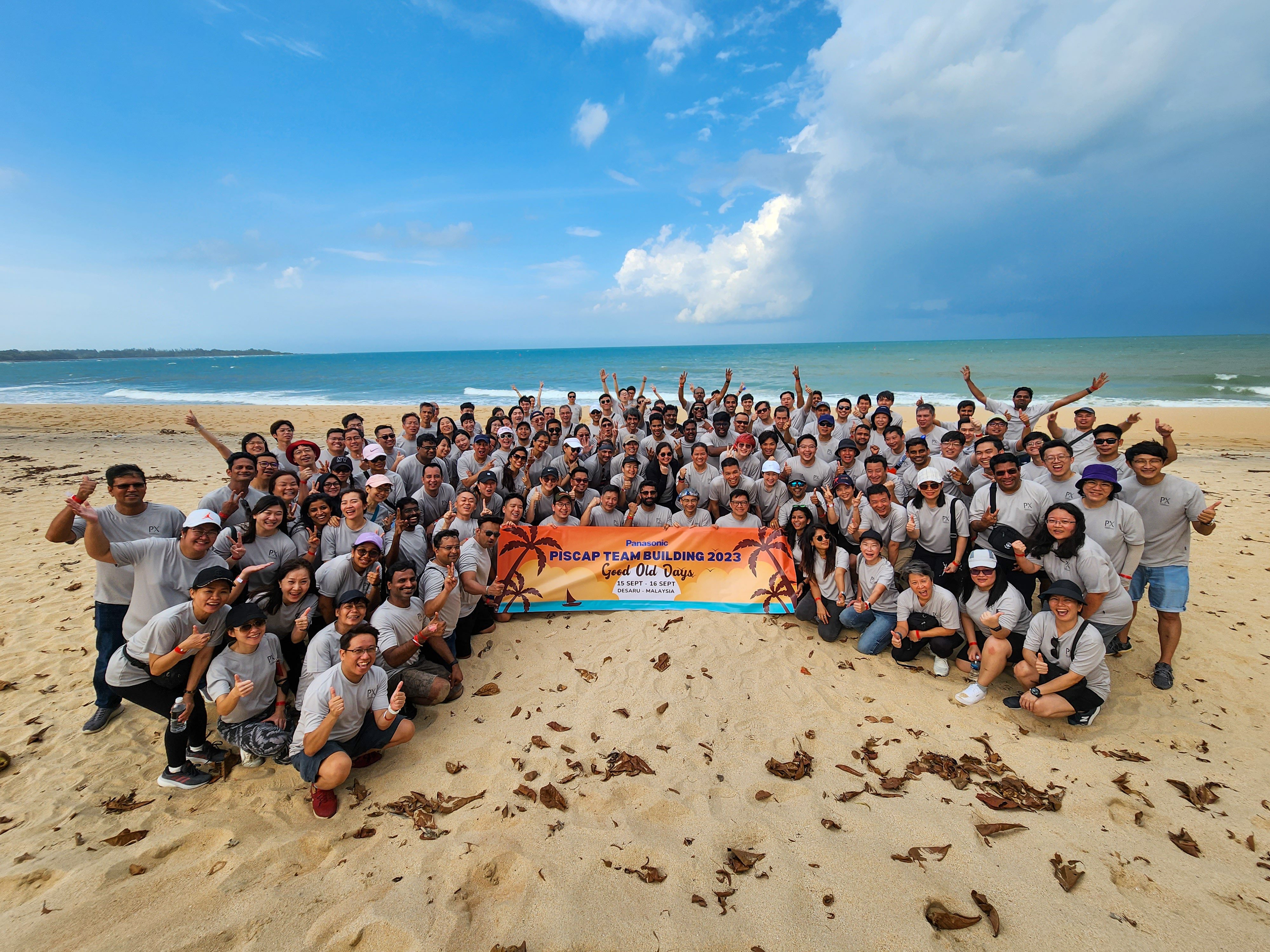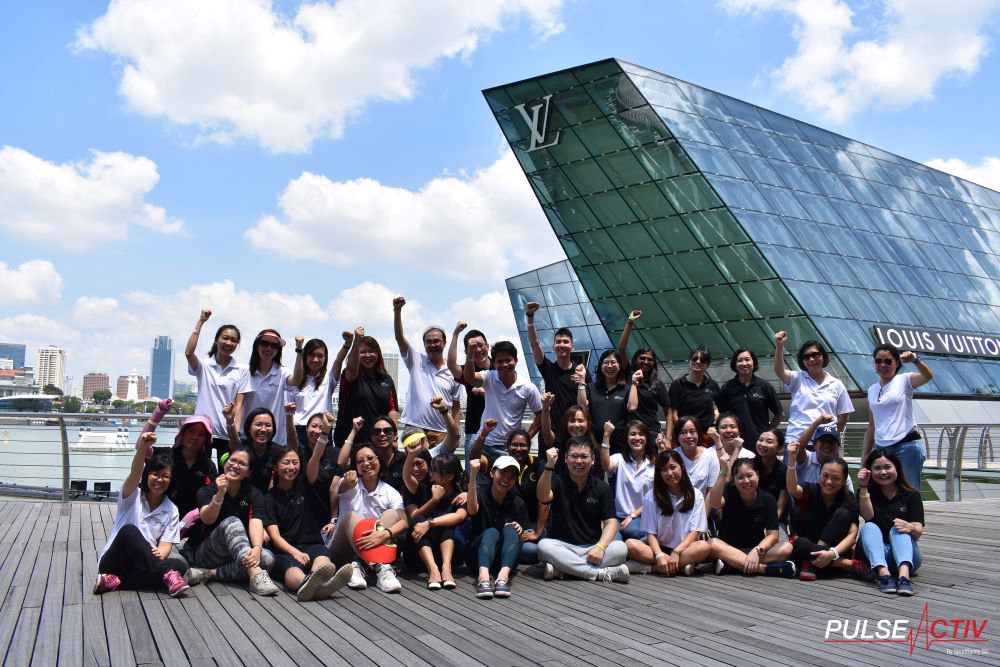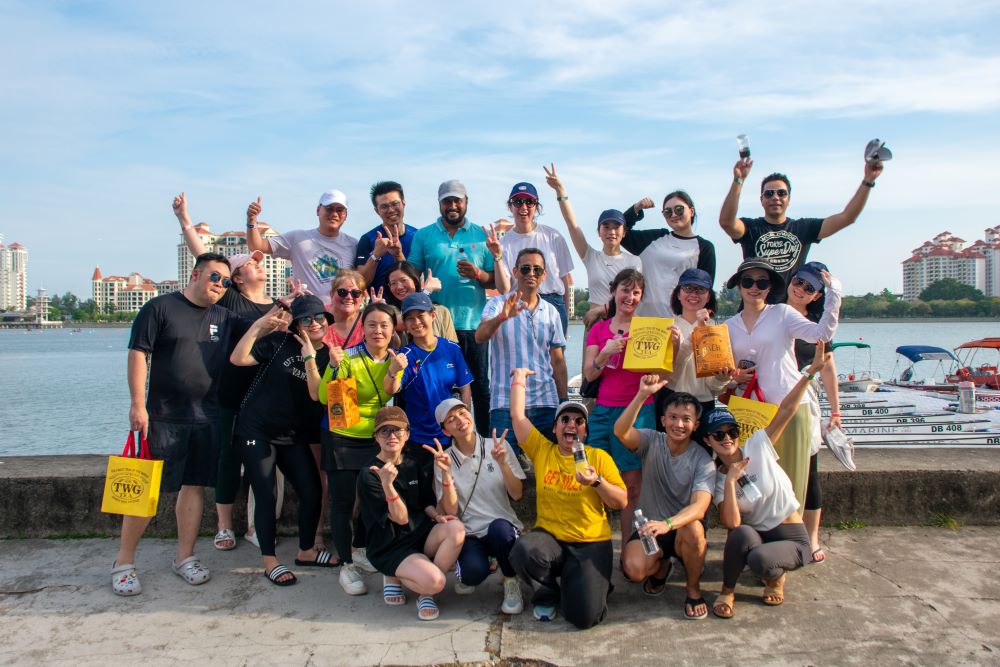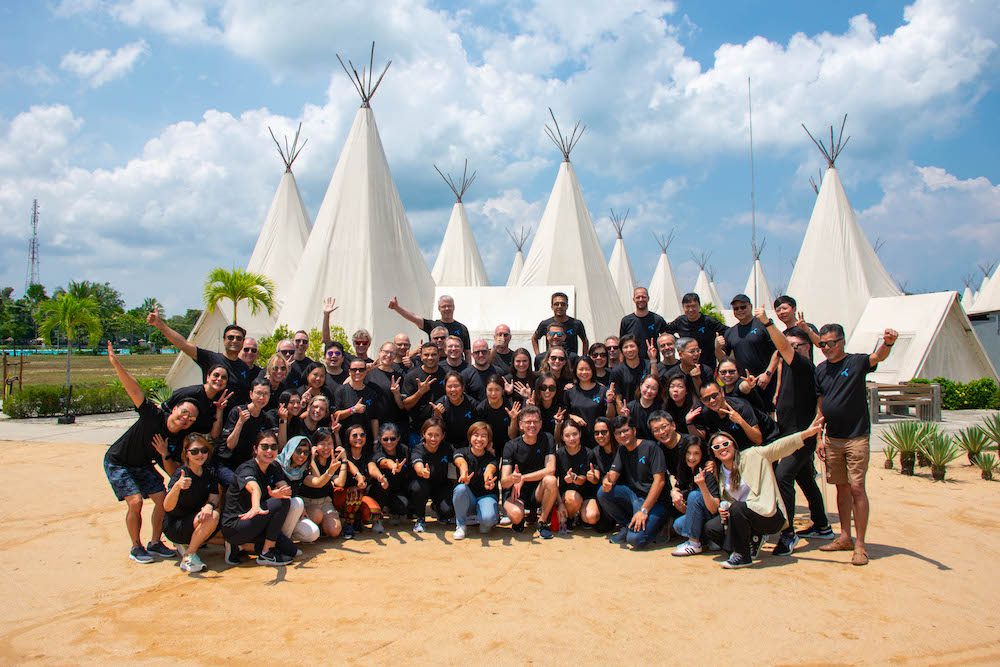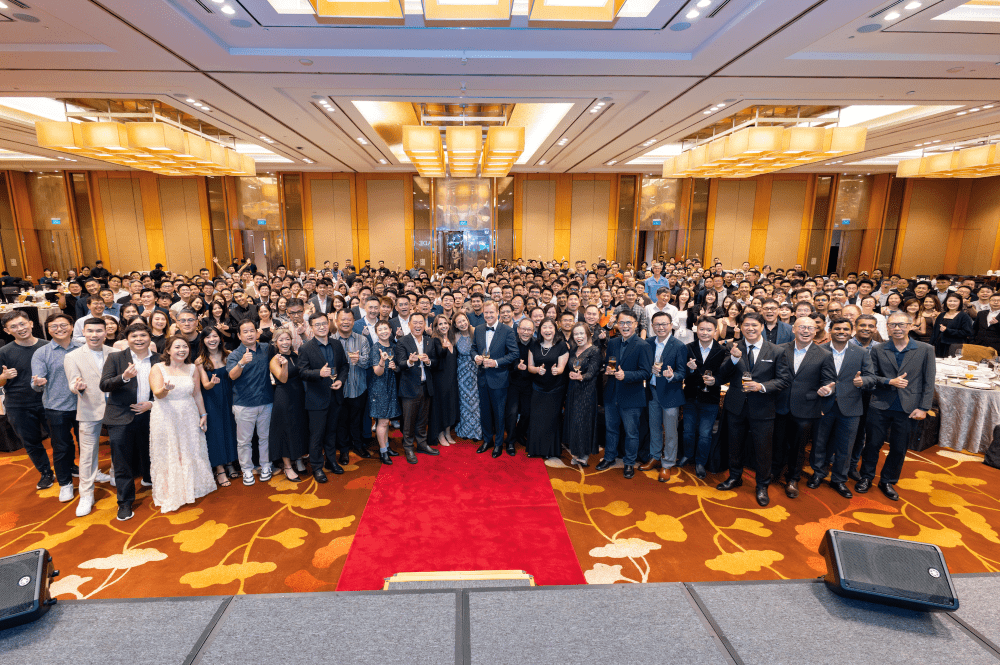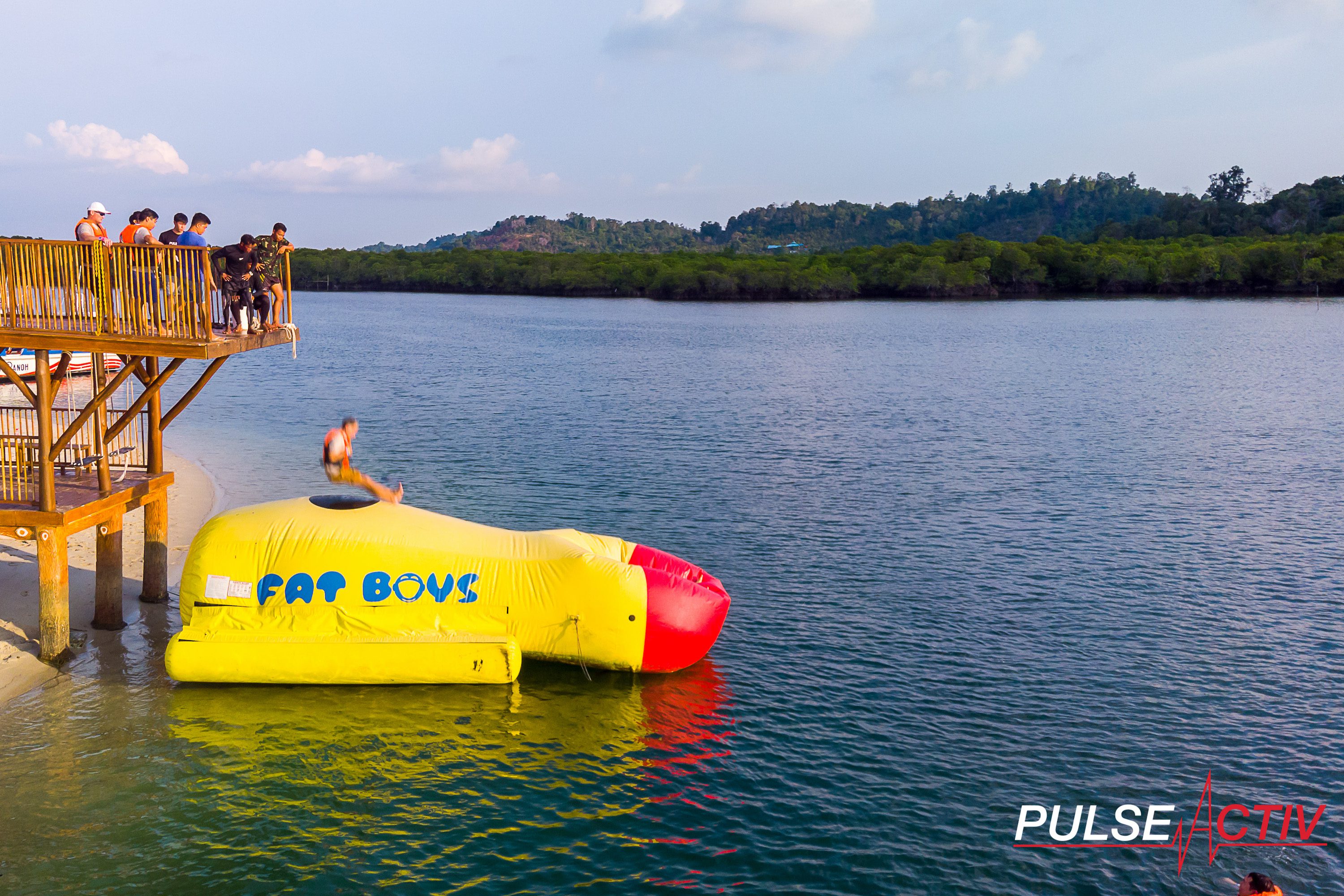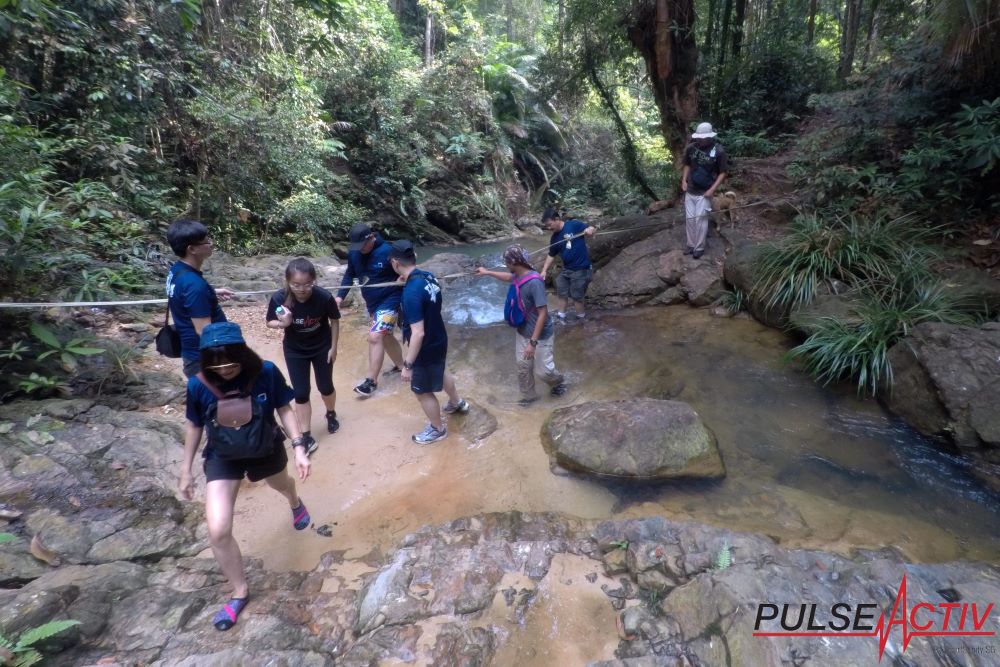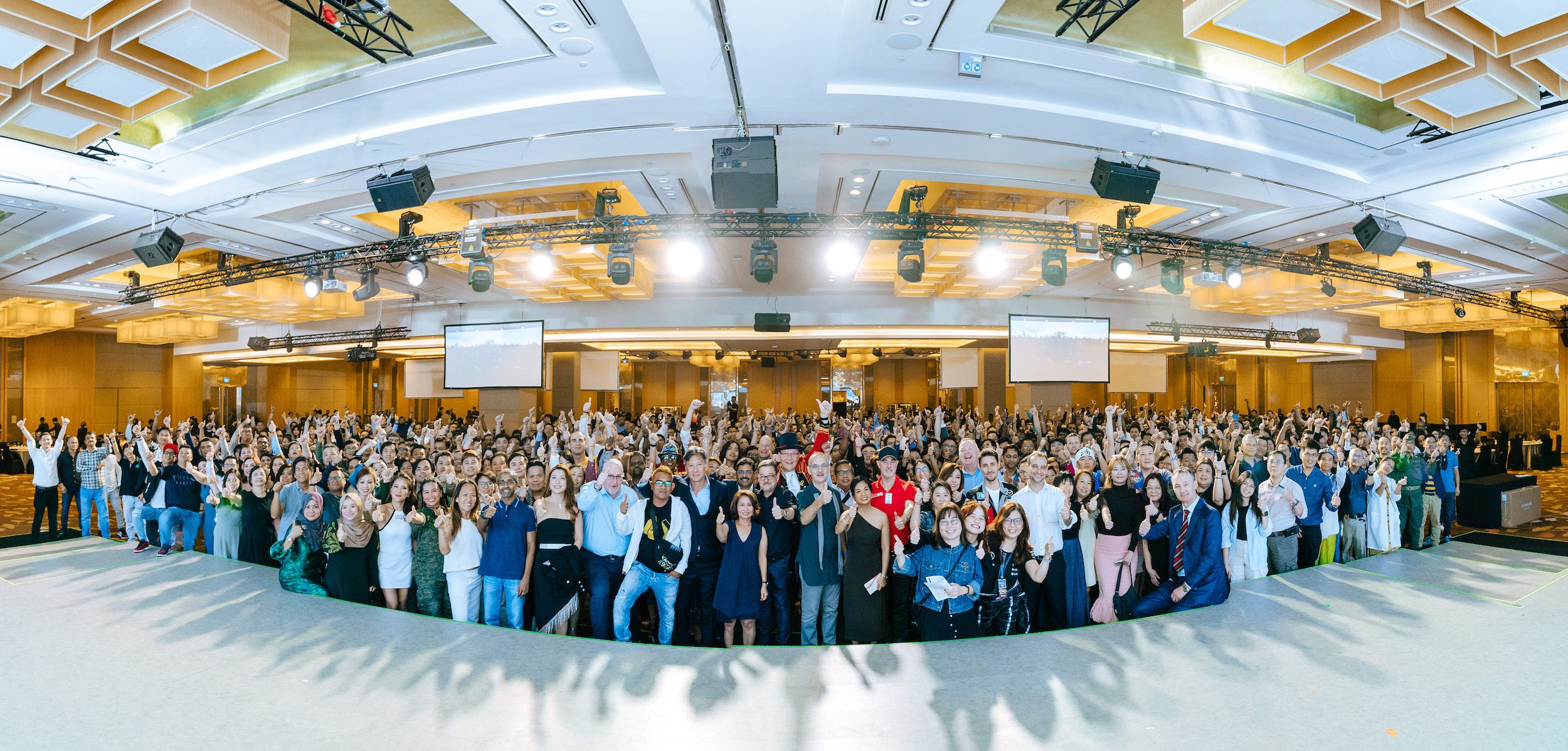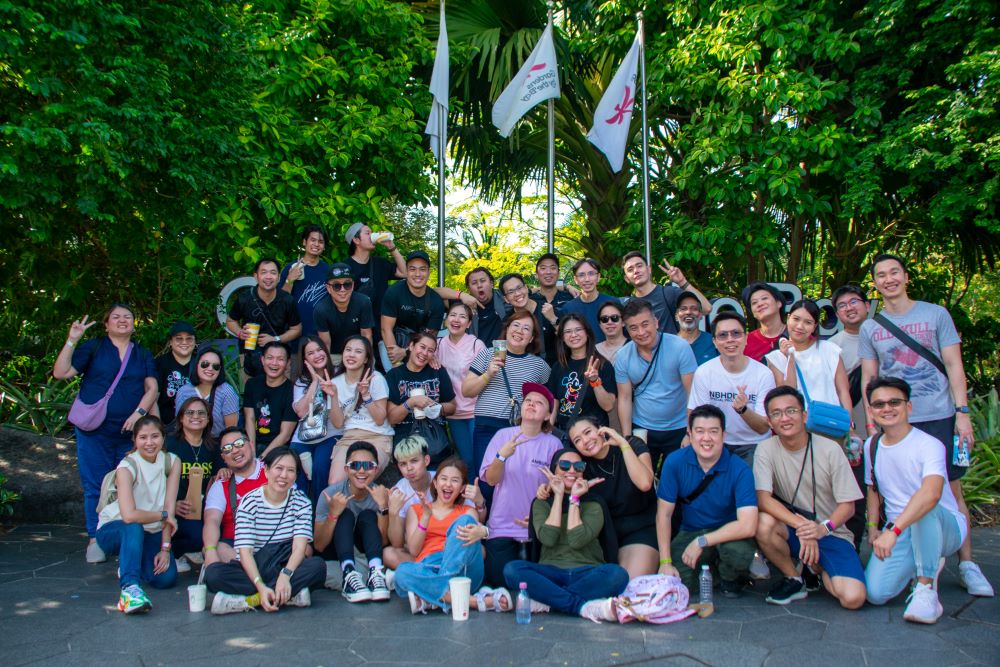The Impact of Overseas Retreats on Long-Term Employee Retention
In today’s competitive job market, employee retention is one of the greatest challenges companies face. Businesses invest heavily in recruiting and training their workforce, making the retention of skilled and motivated employees essential to organizational success. While traditional perks and incentives can certainly help, a rising trend among companies seeking long-term loyalty is the investment in overseas retreats. More than just a temporary break from the daily grind, overseas retreats offer unique experiences that can lead to greater employee satisfaction, strengthened team cohesion, and ultimately, improved retention.
Here’s an in-depth look at why overseas retreats have become a game-changer in employee retention and how they impact employee satisfaction over the long term.
1. Creating Unforgettable Experiences That Foster Loyalty
One of the primary reasons overseas retreats can boost retention is the power of unforgettable experiences. When employees are taken out of the traditional work setting and immersed in a new environment, they gain experiences that leave a lasting impact. This change in scenery encourages bonding, exploration, and relaxation that is difficult to replicate in everyday office life.
Unique shared experiences can build a deep emotional connection between employees and their company. As they enjoy memorable moments and create lasting memories with colleagues, they are more likely to develop a positive association with their employer, strengthening loyalty and reducing turnover.
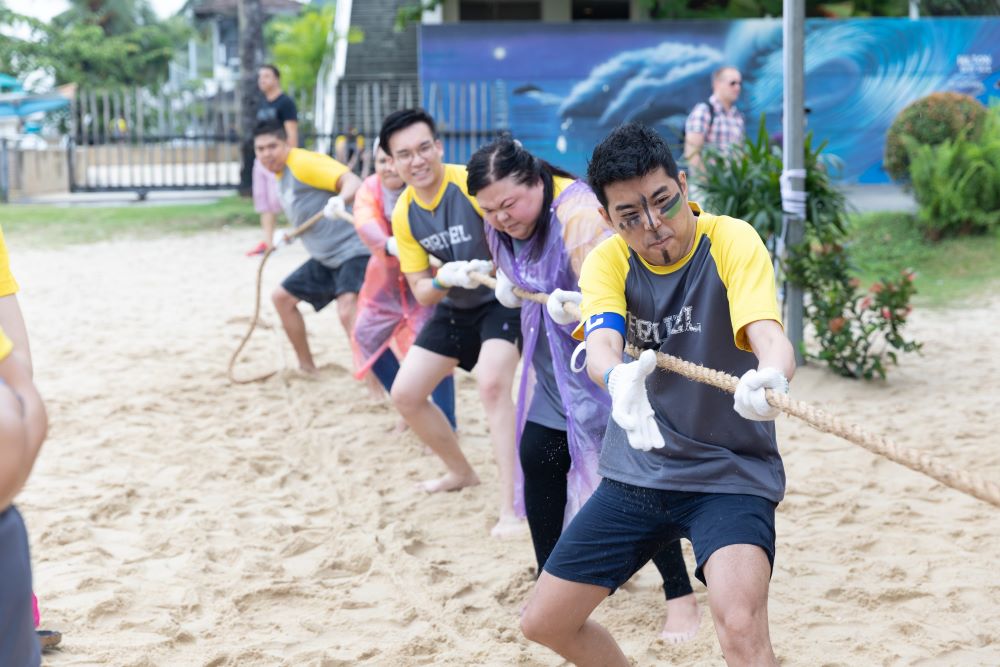
2. Building Stronger Team Connections
Overseas retreats offer an ideal environment for team bonding and personal connections. Away from daily work pressures, employees can interact on a more personal level, often leading to improved relationships and understanding among colleagues. This deeper level of team cohesion is vital for creating a supportive work culture, which employees value highly in deciding whether to stay long-term.
Additionally, with a focus on team-building activities in these retreats, employees often gain insight into each other’s strengths, challenges, and perspectives. This understanding can translate back into the workplace as enhanced communication and collaboration, ultimately fostering a team-oriented mindset that employees find harder to leave behind.
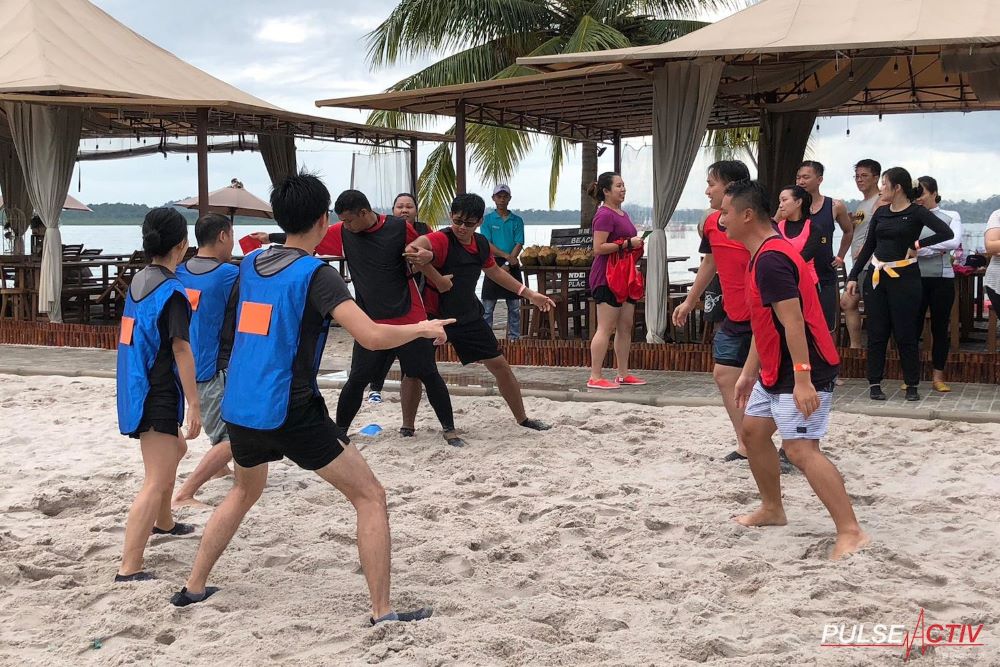
3. Recharging and Reducing Burnout
Burnout is a common reason for employees leaving their jobs, particularly when they feel overworked and underappreciated. An overseas retreat can serve as a mental and physical reset, allowing employees to step away from their regular tasks, relax, and return with renewed energy.
Offering employees the opportunity to unwind in an entirely new setting signals that the company values their well-being. When employees feel supported in their mental and emotional health, they are far more likely to be satisfied and invested in their work, reducing the likelihood of seeking employment elsewhere.
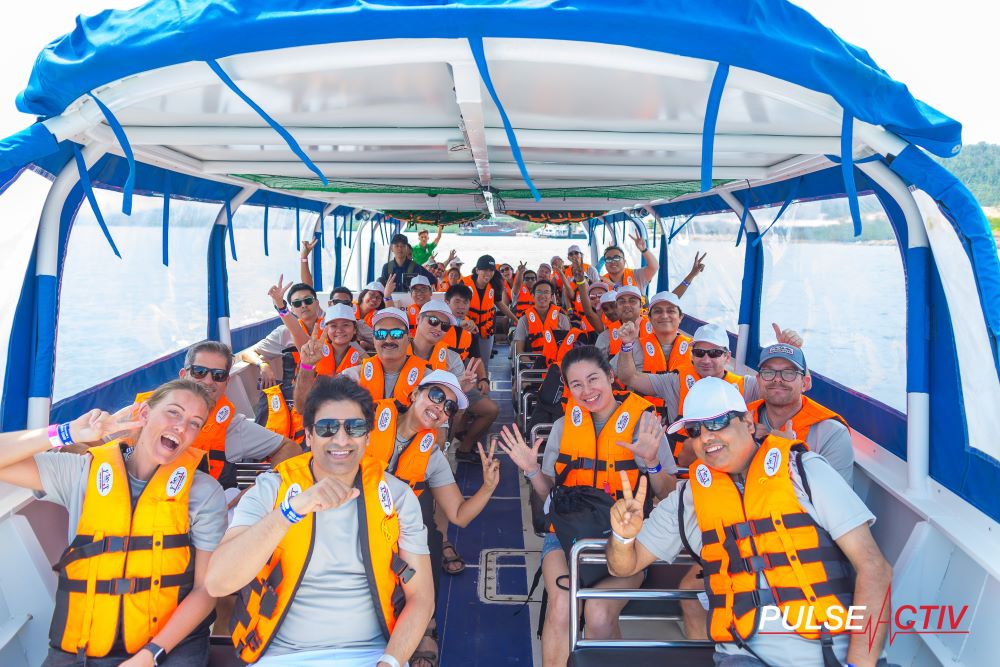
4. Aligning Employees with Company Goals and Vision
Overseas retreats can also be strategically designed to reinforce company values, goals, and vision. By integrating goal-setting sessions, vision-building activities, and future-focused discussions into the retreat, organizations have a unique opportunity to inspire their employees. When team members feel aligned with the organization’s purpose, they are more likely to feel motivated to contribute toward long-term objectives.
Engaging in workshops or seminars in inspiring locales can give employees a fresh perspective on their role in the company, fostering a deeper sense of purpose. This alignment often results in a higher level of commitment, as employees feel they are part of something bigger and see a future with the organization.
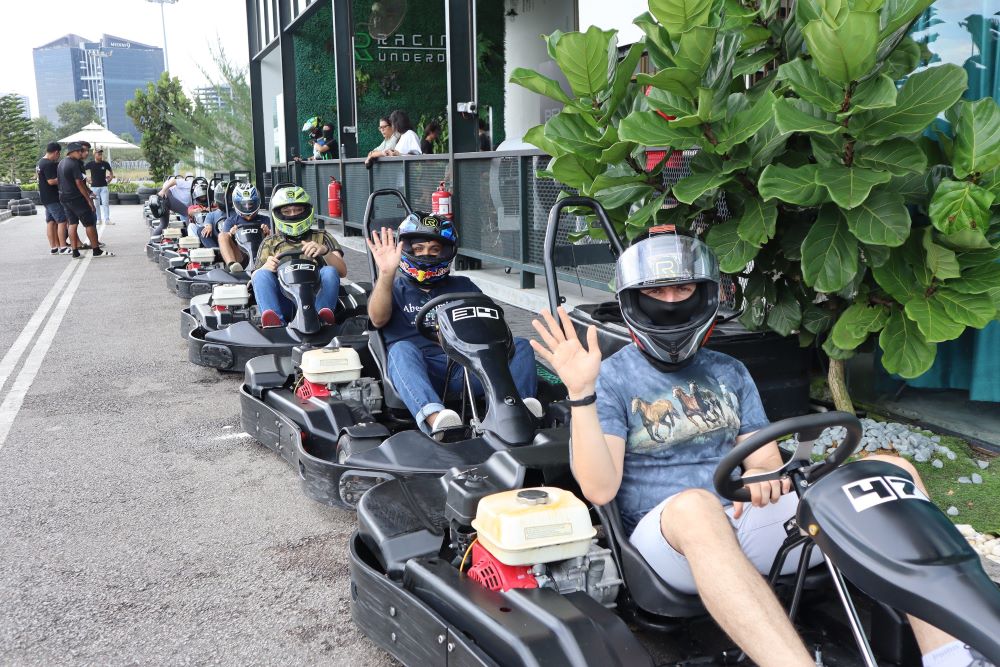
5. Demonstrating a Commitment to Employee Development
Investing in an overseas retreat sends a strong message to employees: that the company values their personal and professional growth. Through development-focused activities and workshops that often accompany retreats, employees can acquire new skills, broaden their perspectives, and even develop leadership abilities.
Employees who feel that their company is invested in their development are less likely to leave, as they feel valued and see opportunities for advancement. The sense of growth and continuous learning offered by these retreats can be a significant incentive for employees to remain with the company.
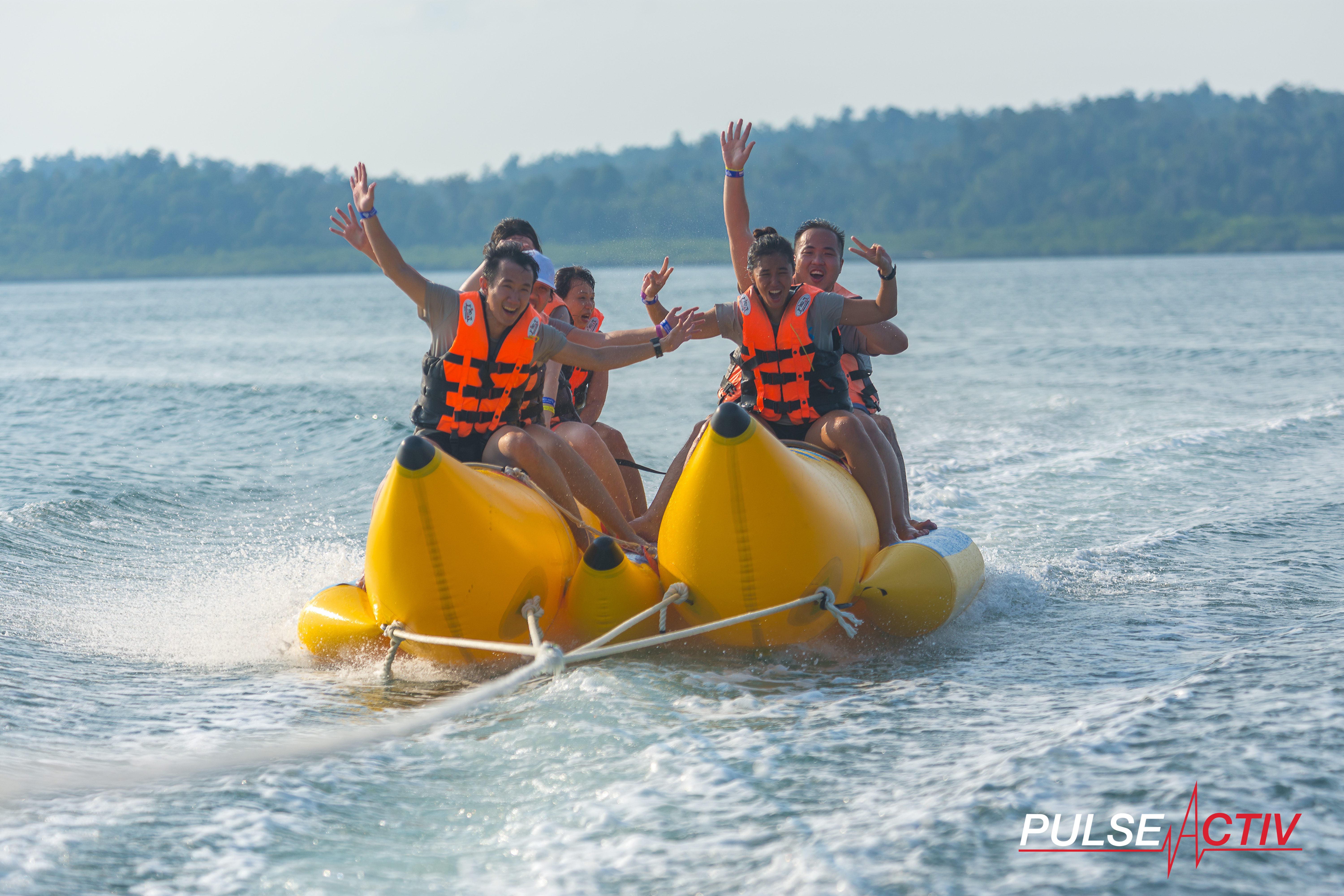
6. Encouraging Creativity and Innovation
Overseas retreats can also spur creativity and innovation, especially when employees are in a stimulating new environment. When employees step out of the usual confines of the office, they are often more open to new ideas, creative solutions, and innovative thinking. The exposure to different cultures and new ways of living can broaden their perspectives, leading to fresh insights and approaches they can bring back to their work.
A culture that promotes innovation and creativity often ranks high among employee preferences, as it indicates an adaptable and forward-thinking environment. When employees feel they can contribute creatively and that their ideas are valued, they are more likely to stay engaged and committed to the company.
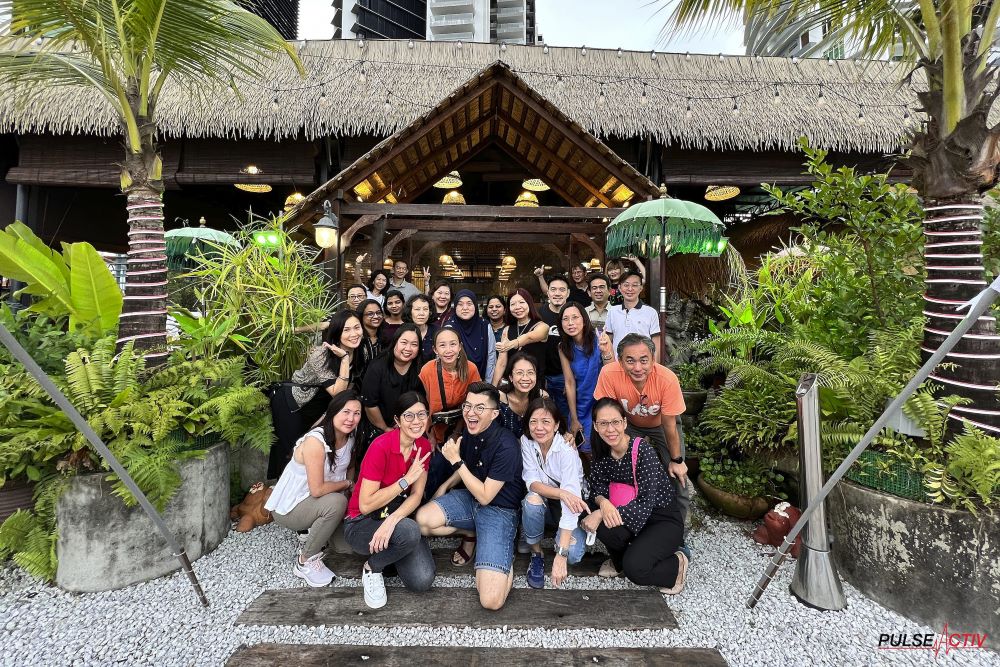
7. Enhancing Workplace Morale and Job Satisfaction
High morale is a critical factor in job satisfaction, and a satisfied employee is one who is more likely to stay. Overseas retreats provide a unique way for companies to enhance morale through engaging, exciting experiences. These retreats break up the monotony of routine and inject enthusiasm and positivity into workplace culture.
After returning from a retreat, employees often feel a renewed sense of pride and appreciation for their company. This morale boost not only influences individual job satisfaction but also positively impacts team dynamics. As employees experience greater fulfillment, their sense of belonging and loyalty to the organization increases, leading to long-term retention.
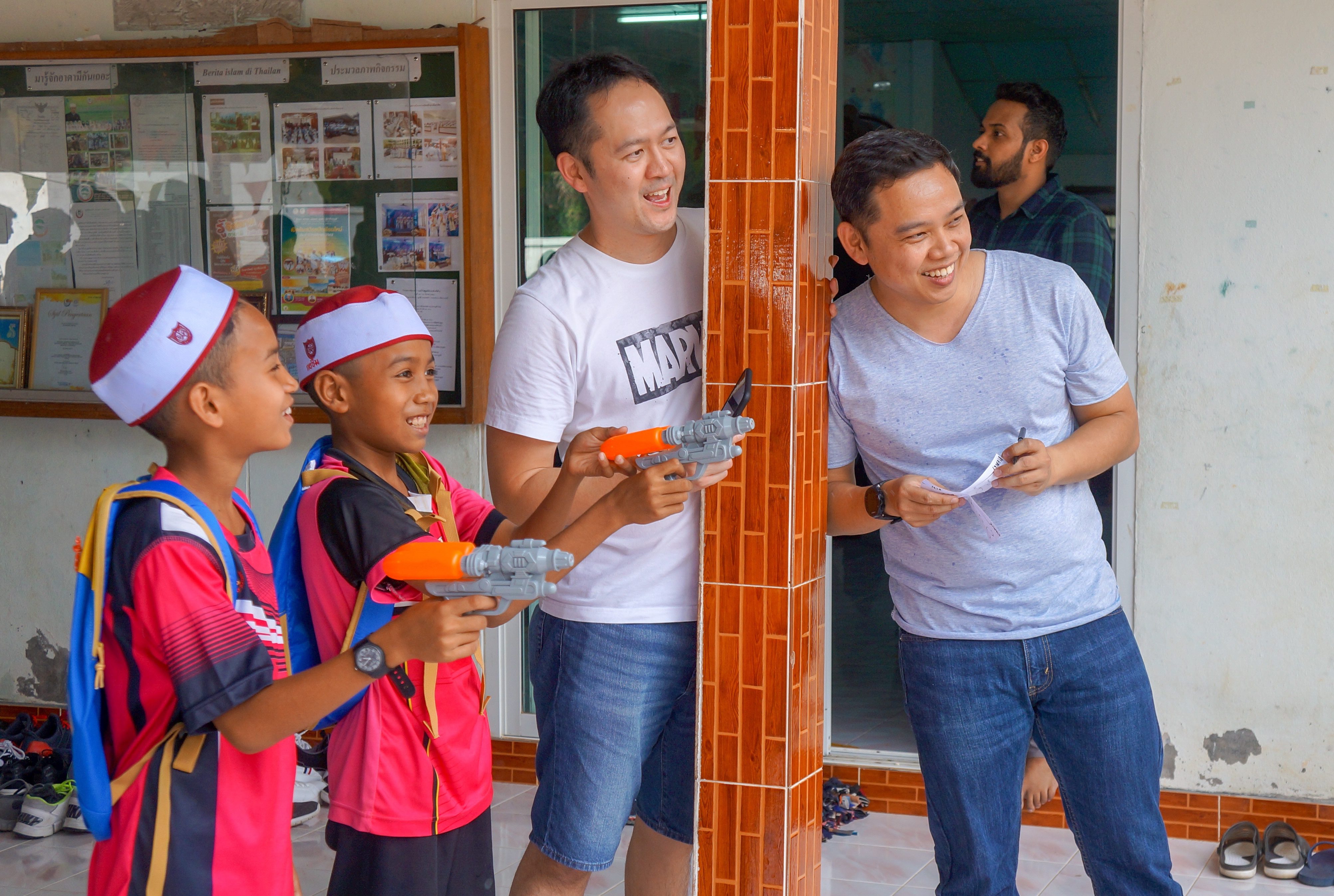
Conclusion: Why Overseas Retreats Are Worth the Investment
While the costs associated with overseas retreats may seem high at first glance, the potential return on investment through improved retention rates, enhanced job satisfaction, and stronger team cohesion makes them well worth considering. By prioritizing experiences that create lasting memories, deepen team connections, and inspire employees to grow and innovate, companies can build a workforce that is not only more satisfied but also more loyal.
As businesses continue to seek ways to stand out as desirable employers, overseas retreats are proving to be a powerful tool in building and sustaining a motivated, committed, and loyal workforce. Through the investment in these transformative experiences, organizations not only enrich their employees’ lives but also secure a more stable and engaged team for the future.
To head back to read another article in our blog, click here.
